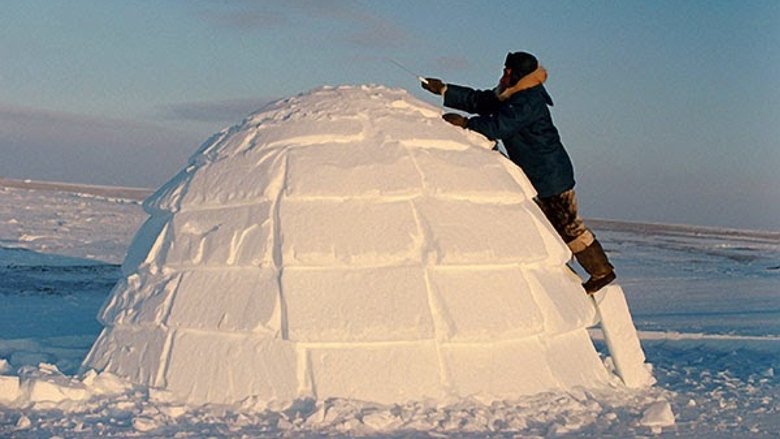How to Build an Igloo
Genres
Documentary
OverView
This classic short film shows how to make an igloo using only snow and a knife. Two Inuit men in Canada’s Far North choose the site, cut and place snow blocks and create an entrance--a shelter completed in one-and-a-half hours. The commentary explains that the interior warmth and the wind outside cement the snow blocks firmly together. As the short winter day darkens, the two builders move their caribou sleeping robes and extra skins indoors, confident of spending a snug night in the midst of the Arctic cold!
Others
Budget
$--
Revenue
$--
Status
Released
Original Language
English
Runtime
11 mins
Rating
6.7/10
Release Date
01 January 1949
Country
Canada

